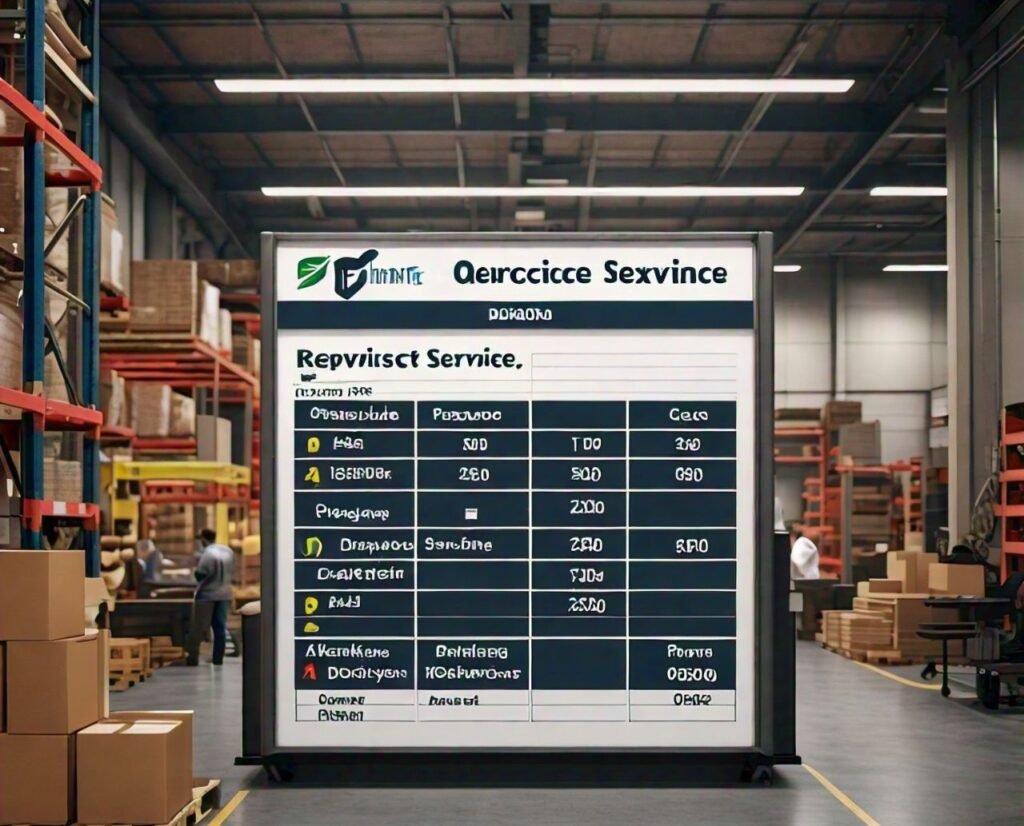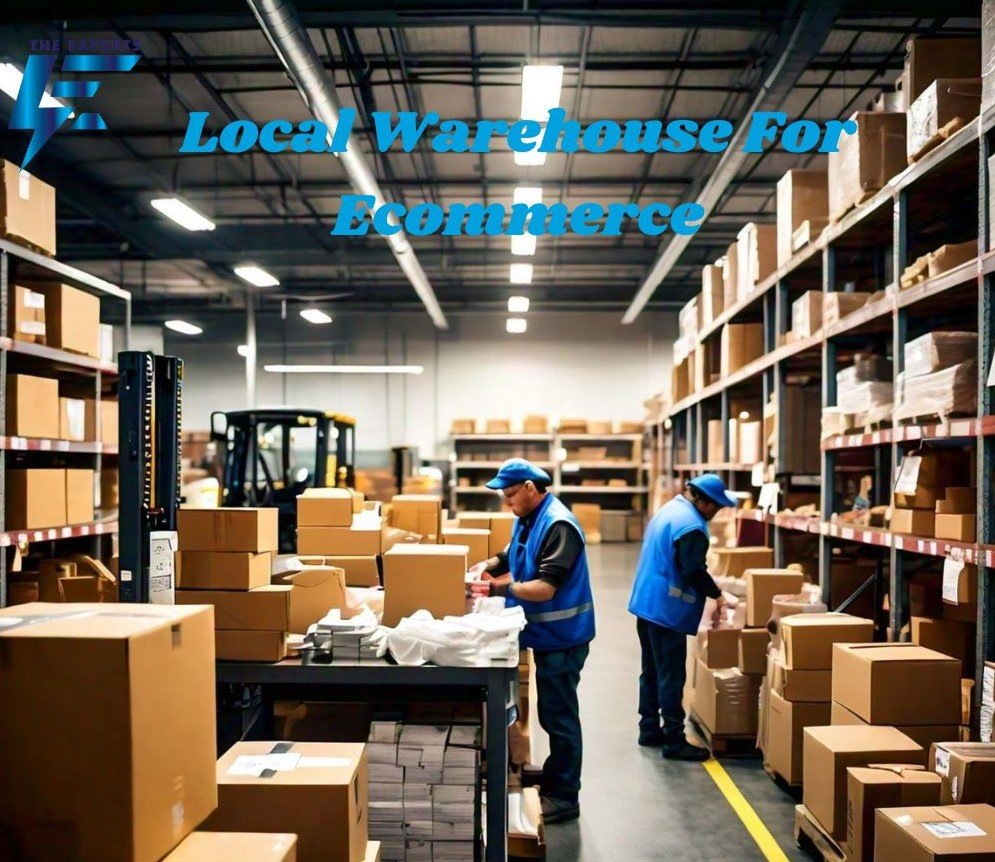In the contemporary world of e-commerce, businesses have to ensure that they are productive and also manage to keep the customers happy. This is particularly with this facility known as the local warehouse for ecommerce that has been found to be revolutionary. These facilities, built and aimed at distant markets, can speed up shipping processes, reduce costs, and improve stock management. This paper considers the role of local warehouses for the e-commerce business, their benefits, how to build one, obstacles and practical illustrations.
Advantages of Local Warehousing
Faster Shipping Times
This is a market where consumers want to receive orders placed in days The rapid growth of such retail giants as Amazon has let people expect instant deliveries and companies have to manage with the new reality. It is due to local warehouse for ecommerce that most e-commerce players fulfill their online orders quite quickly, usually in one or two days.
- Reduced Delivery Time: Companies can utilize such shipping facilities to ship orders to their customers within the shortest possible time because both finished goods and raw materials are kept within the same geographical area.
- Enhanced Customer Satisfaction: If the shipping speeds up, satisfied customers will become repeat customers and provide more positive reviews.
Cost-Effectiveness
Local warehousing can also lead to substantial cost savings:
- Lower Shipping Costs: This decreases the distances between warehouse and the customer, hence reducing shipping expenses. This is very important for companies that use bulk shipping services or those that operate in highly competitive markets, where freight costs can affect sales.
- Potential Savings on Returns: Local depots improve the efficiency of the return processes. In case a customer wishes to return a product, they do not usually have to pay for the return shipping by simply dropping it off at a nearby location.
Improved Inventory Management
One of the elements that contribute to flourishing e-business is inventory management. In this regard, local warehouses have several advantages:
- Easier Restocking Processes: Assuming that warehouses are also located in a reasonable proximity to the customer, the company is able to assess the demand in the given locality and make the deliveries on timely basis. This means that there will be stock outs on some items particularly the fast-moving ones.
- Better Tracking of Local Demand: Local warehouses collect metrics of actual sales on a regional basis, which helps the company in adjusting its inventory and sales strategy.
Setting Up a Local Warehouse
Opening a local storage structure is not as easy as it may seem and it entails a lot of management. Here are the key actions to take:
Location Considerations
Opting for the best possible location is imperative. The following factors should be taken into account:
- Proximity to Target Market: Assess the geographic distribution of your main customers in the target market. Place the warehouse within or close to that area to enhance efficiency.
- Accessibility and Logistics: Make sure the location is accessible to infrastructures like highways, airports, and shipping ports for ease of logistics operations.
Size and Layout Planning
Both the design and the size of the warehouse greatly affect how operations run:
- Storage Solutions: Use racks and shelving’s to manage space and order along with pallets and bins. The design should provide quick retrieval of fast-moving items.
- Picking and Packing Areas: Depending on the volume of orders, we should create transitional spaces where employees pick and pack orders before shipping or delivering to the customer.
Technology and Systems Integration
There is a scope for improvement in warehouse processes through the use of information technology:
- Inventory Management Software: Acquire adequate stock control solutions capable of monitoring stock levels, sales dynamics, and reorder levels instantly.
- E-commerce Platform Integration: Your WMS should be able to connect with your existing e-commerce system without difficulties in relation to the order fulfillment process.
Choosing a Local Warehouse Partner
For most e-commerce companies, the cost of setting up operations in a new place makes it necessary to often use the services of a local warehouse company. Learn how to find the best one here:
Criteria for Selecting a Warehouse Provider
- Experience and Reputation: Seek out companies with an excellent work history. Verify through reviews and case studies for reliability.
- Scalability and Flexibility: Your selected ally must also grow to fulfill the increasing orders for business resources during off pickups and busy periods.
Questions to Ask Potential Partners

A synergy period is imminent. Before committing to a partnership, it might be worth:
- Services Offered: What services, specifically, the warehouse offers. Or else it may be needless for you to find warehousing that supports such services in cases of order fulfillment, returns handling, or even custom boxes.
- Pricing Structures: Clarify the pricing model and all the components, including those that are not apparent to the customer, such as the cash-with-order condition.
Challenges of Local Warehousing
Certainly, using a local warehouse has lot of advantages, but there are also some drawbacks you should know:
Initial Investment and Setup Costs
There is also the applicable start up sienna moment cost to consider when setting up a local warehouse in that there is space rent, construction of the warehouse, staffing and equipping it. So, budget and a financial strategy must be in place first Before going on it.
Ongoing Operational Challenges
There are challenges involved in the management of a local warehouse:
- Staffing and Training: Recruiting and retaining skilled personnel as well as ensuring training keeps up to date can be challenging. In addition, the loss of staff can interfere with operations and diminish service levels.
- Maintenance of Inventory Systems: Maintaining inventory levels ‘accurate’ is a constant assessment and intervention process that has to be carried out. Outdated technology will be ineffective and malaise will creep in.
Balancing Local and Centralized Warehousing
For a lot of organizations, establishing how much warehousing should be done locally and how much should b centralize can prove to be challenging. Both have their merits and demerits and it is up to the businesses to analyze their specific requirements to adopt the most effective approach.
Case Studies and Examples
Successful E-commerce Brands Using Local Warehousing
- Zappos: When it comes to client relations, Zappos is perhaps the best in the industry and thanks to their local warehouses, they are able to ship their products within the U.S in a matter of days. Wasting no time, they are also able to secure a loyal clientele.
- Warby Parker: The eyewear brand employs local fulfillment centres for the fast dispatch of their goods. Their customer-centric approach has been further enhanced by having facilities based in their consumers’ vicinity.
Lessons Learned
These cases show that if the company has ready access to its customers, many benefits, such as improved services, lower costs and higher competitiveness can be achieved.
Conclusion
Local warehouse for ecommerce form an important pillar for most e-commerce enterprises seeking to improve efficiency and satisfy their clients. From faster shipment and savings to optimised management of stock levels, the benefits are plenty. On the other hand, there is the issue of setting up and running the local storage which presents a risk that should be handled with caution.
In the direction that e-commerce is taking; it is safe to assume that the importance of local storage will only increase in the future. There are many reasons why organizations would adopt local warehousing strategies: to be able to compete and respond to the ever-changing needs of the market.
FAQs
What is a local warehouse for ecommerce?
A local warehouse is a facility used for storage, within reach of the target market of a business hence speeding up the delivery process and controlling the stock in a better way.
How do local warehouses benefit e-commerce businesses?
They entail shorter lead times, minimal distribution costs and quality stock control which results in high levels of customer satisfaction.
What factors should I consider when choosing a location for a local warehouse?
Think about the distance to the target market of the products, the availability of transport networks and the market for the goods you are offering.
What technology should I invest in for local warehousing?
Purchase inventory management practices and programs that work with your online retail interface to make run the business easier.
What are common challenges of operating a local warehouse?
The challenges are mainly high setup prices, management of operations on a continual basis, and the struggle of arranging for local and central storage facilities.
Can small e-commerce businesses benefit from local warehousing?
Yes, local warehousing can also help small businesses address the challenge of shipping speed and service posed by bigger competitors.
Read more about Ecommerce on The Experts Tech.

